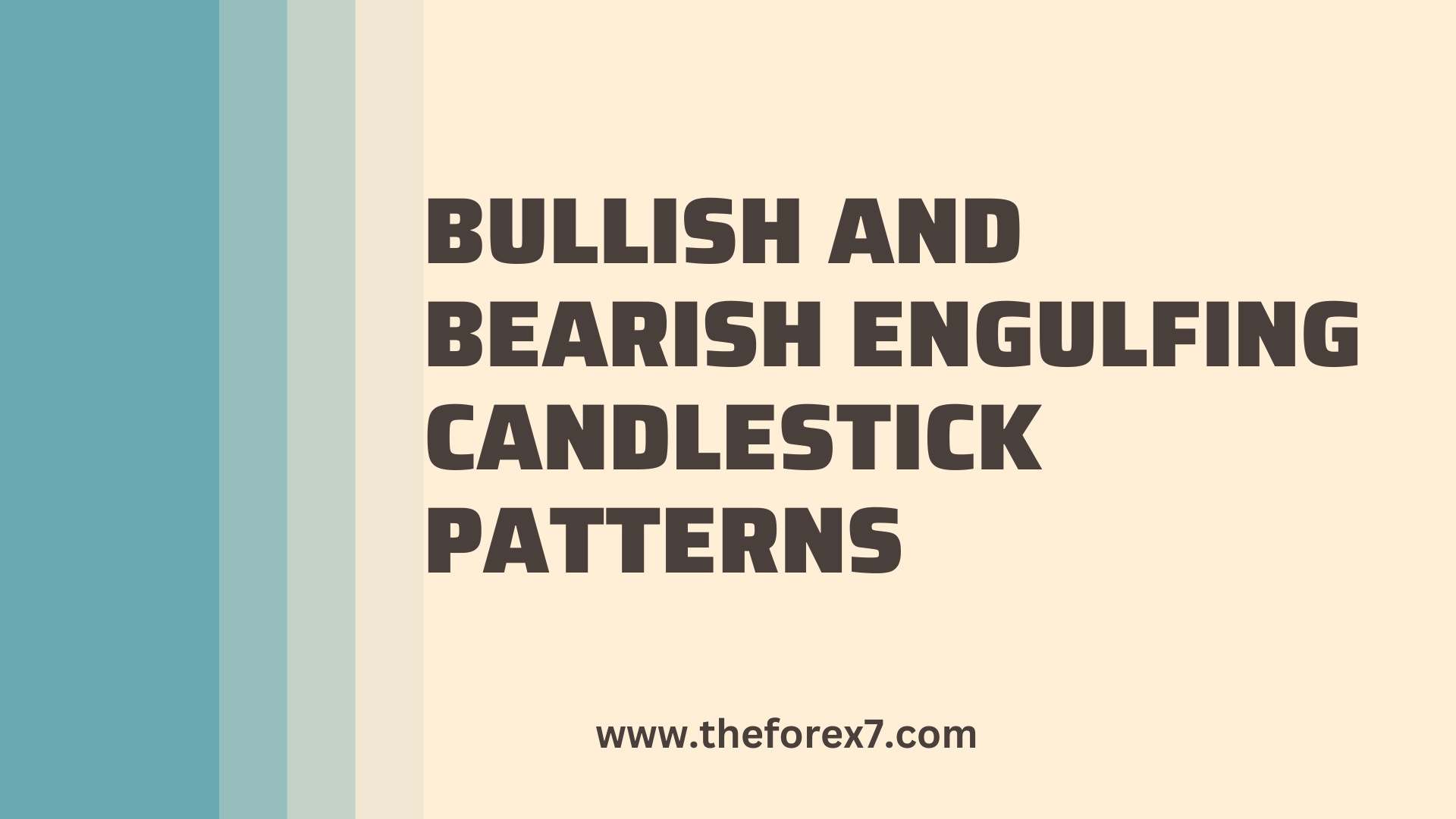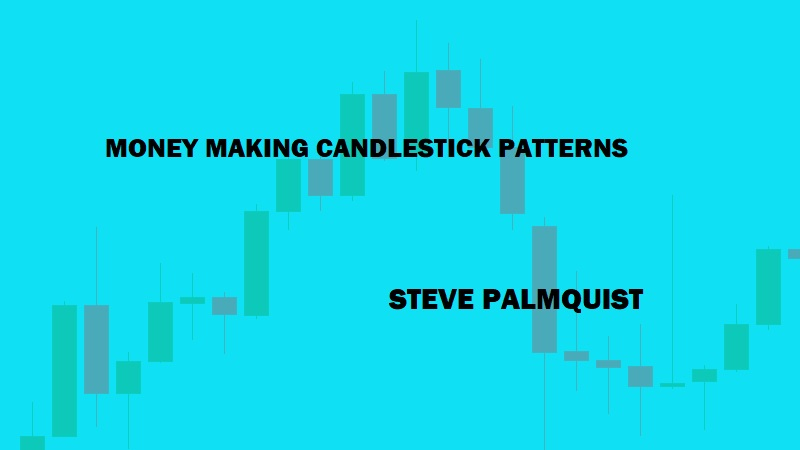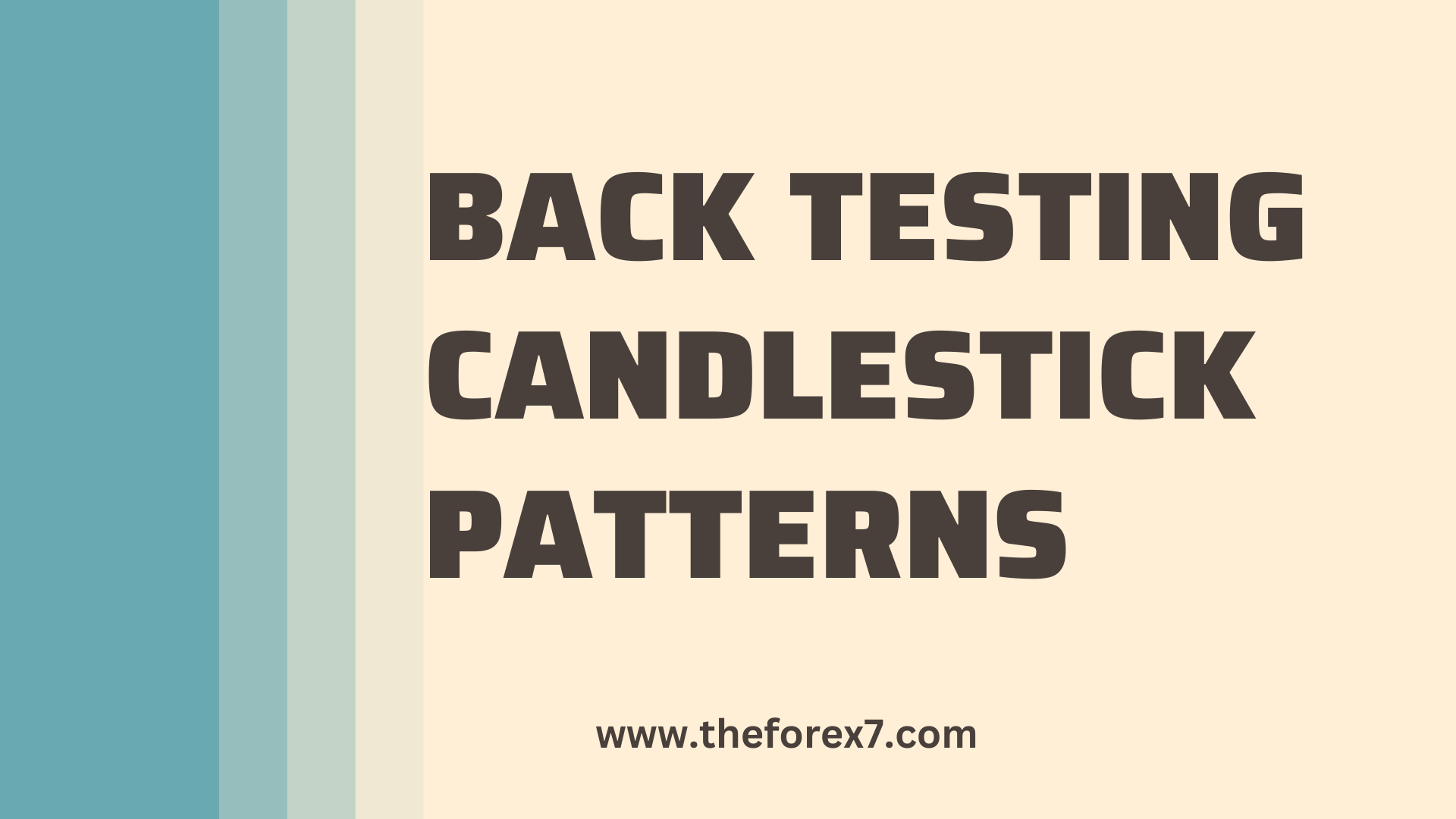Learn about Bullish and Bearish Engulfing Candlestick Patterns
Engulfing types, Bearish pattern, Bullish pattern, Types of engulfing candlestick patterns
Course: [ MONEY MAKING CANDLESTICK PATTERNS : Chapter 1: Candlestick Basics and Testing Requirements ]

The hammer and hanging man candlestick patterns occur in a single day. Engulfing patterns take two days to form and focus on the relationship between the candlestick bodies of both days.
BULLISH AND BEARISH ENGULFING CANDLESTICK PATTERNS
BULLISH ENGULFING
The
hammer and hanging man candlestick patterns occur in a single day. Engulfing
patterns take two days to form and focus on the relationship between the
candlestick bodies of both days. The candlestick shadows are not important to
defining the pattern. A bullish engulfing pattern occurs when the white body of
the second candlestick engulfs or covers the black body of the first
candlestick in the pattern as shown in Figure 1.5. A
bearish engulfing pattern occurs when the black body of the second day engulfs
or covers the white body of the first day.
FIGURE 1.5: BASIC ENGULFING PATTERNS

The
bullish engulfing pattern is a reversal pattern formed when the stock is in a
downtrend, and often signals a short term reversal or bounce in the stock
price. The first candlestick in this two day pattern has a black body,
indicating the bearish downtrend is still intact. Black bodies indicate the
stock closed down for the day. The second candlestick has a white body
extending below the first day’s body, indicating the stock gapped down at the
open. The lower end of a black body is the day’s closing price, and the lower
end of a white body is the day’s opening price. Thus, when the second day’s
white body engulfs or covers the first day’s black body, the price gaps down in
the morning indicating more bearishness, then reverses to close above the
previous day’s opening, indicating a reversal in sentiment for the second day
that often continues in the short term.
Figure 1.6 shows a four-month candlestick chart
of ZION. During late June and early July of 2006, ZION was in a clear
downtrend. On July 13 and July 14, it formed the two day bullish engulfing
pattern as marked by the up arrows. During the five days following the
formation of the bullish engulfing pattern, ZION ran up more than seven points.
FIGURE 1.6: ZION BULLISH ENGULFING PATTERN OF
7/14/06

The
bullish engulfing pattern does not always mark the end of a downtrend, but
often does. Trading is a statistical business and patterns do not work all the
time. Some trading patterns yield positive results a significant percentage of
the time. Using trading patterns that win more often than they lose can be
profitable in the long run. One of the keys to trading is to understand which
patterns and techniques to use and in what market conditions they will be
effective. That’s what this book is all about. Traders need to understand how
often a pattern produces profits and how often it generates losses, and then
fill their trading toolboxes with techniques that are profitable more often
than random chance.
BEARISH ENGULFING
A
bearish engulfing pattern may occur after a stock has been in an uptrend. The
first day of this two day pattern shows a white body, indicating the stock was
still moving up. The second day of the pattern has a black body that completely
covers or engulfs the body of the previous day. The top of the black body
represents the opening price, which has gapped up, since it is above the top of
the previous day’s body, which represented the closing price for the first day
of the pattern. After the open on the second day, the stock may move up further
depending on whether the second day’s candlestick has a top shadow or tail.
Because the second day is a black candle, it means that at some point during
the day the sentiment reversed and the price started declining. This change in
sentiment could signal a further decline in the short term.
Figure 1.7 shows a candlestick chart for
CRS, which was in an uptrend during February, March, April, and early May of
2006. It formed a bearish engulfing pattern on 05/11/06, as marked by the two
down arrows. After the formation of the two day pattern, the stock dropped more
than 25 points. The bearish engulfing pattern marked a clear and decisive end
to the uptrend. In this case, traders would have profited by entering short
positions in CRS after the bearish engulfing pattern formed and then covering
just seven sessions later.
FIGURE 1.7: CRS BEARISH ENGULFING PATTERN OF
05/11/06

In
addition to knowing how often a particular trading pattern produces profitable
trades, traders should understand if there are observable parameters that can
strongly influence results.
MONEY MAKING CANDLESTICK PATTERNS : Chapter 1: Candlestick Basics and Testing Requirements : Tag: Candlestick Pattern Trading, Forex : Engulfing types, Bearish pattern, Bullish pattern, Types of engulfing candlestick patterns - Learn about Bullish and Bearish Engulfing Candlestick Patterns






